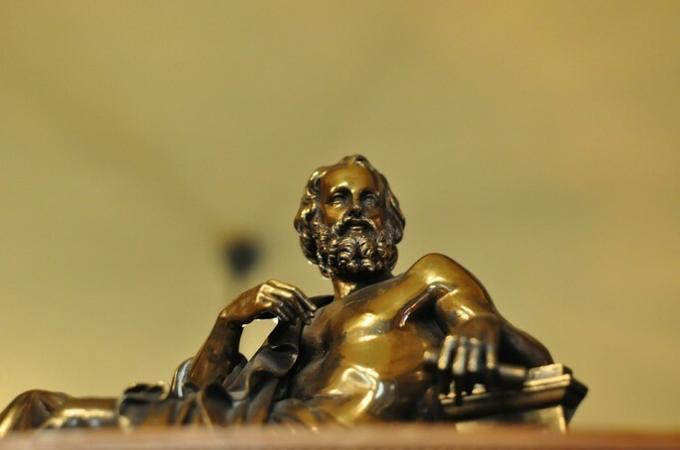O vienna circle it arose out of a need to base science on the conceptions or meanings that the Philosophy of Science gained in the 19th century. Until then, philosophy was linked to the Theory of Knowledge, but after Hegel, this link was broken.
O vienna circle it was composed of scientists who, despite working in various areas such as physics, economics, etc., sought to solve fundamental problems of science, problems raised from the discontent with neo-Kantians (followers of Kant) and phenomenologists (followers of Hegel).
Schlick, for example, tried to show the emptiness of synthetic statements a priori, by Kant. And in two ways:
- If statements have a logical truth, then they are analytic and not synthetic;
- If the truth of statements depends on a factual content, they are, therefore, the posterior and not a priori.
In this way, Schlick (along with his companions) tried to formulate a criterion of scientificity that could or would have a correspondence with Nature. Therefore, the vienna circle
adopted a form of inductivist empiricism which uses analytical instruments such as logic and mathematics to assist in the formation of scientific statements.Do not stop now... There's more after the advertising ;)
Such criterion would then be that of verifiability. For researchers of the vienna circle scientific statements should have proof or verification based on observation or experimentation. This was done inductively, that is, universal statements were established (since science claims to be universal) based on the observation of particular cases.
The result of establishing this criterion also arose from Wittgestein's conception of language that the members of the Vienna Circle used. For him, the world was composed of associated atomic “facts” and, thus, would express their reality. Hence, general statements can be decomposed into elementary statements referring or congruent to Nature, which excludes metaphysical statements from the process of knowledge.
Therefore, induction was the method used because, in addition to proceeding experimentally, it provided a regularity character that allowed universal judgments to be issued. This also attests to the anti-metaphysical character of the vienna circle, as well as the observation procedure states.
By João Francisco P. Cabral
Brazil School Collaborator
Graduated in Philosophy from the Federal University of Uberlândia - UFU
Master's student in Philosophy at the State University of Campinas - UNICAMP
Philosophy - Brazil School
Would you like to reference this text in a school or academic work? Look:
CABRAL, João Francisco Pereira. "The Vienna Circle and the Beginning of Contemporary Philosophy of Science."; Brazil School. Available in: https://brasilescola.uol.com.br/filosofia/o-circulo-viena-inicio-filosofia-contemporanea-ciencia.htm. Accessed on June 27, 2021.

